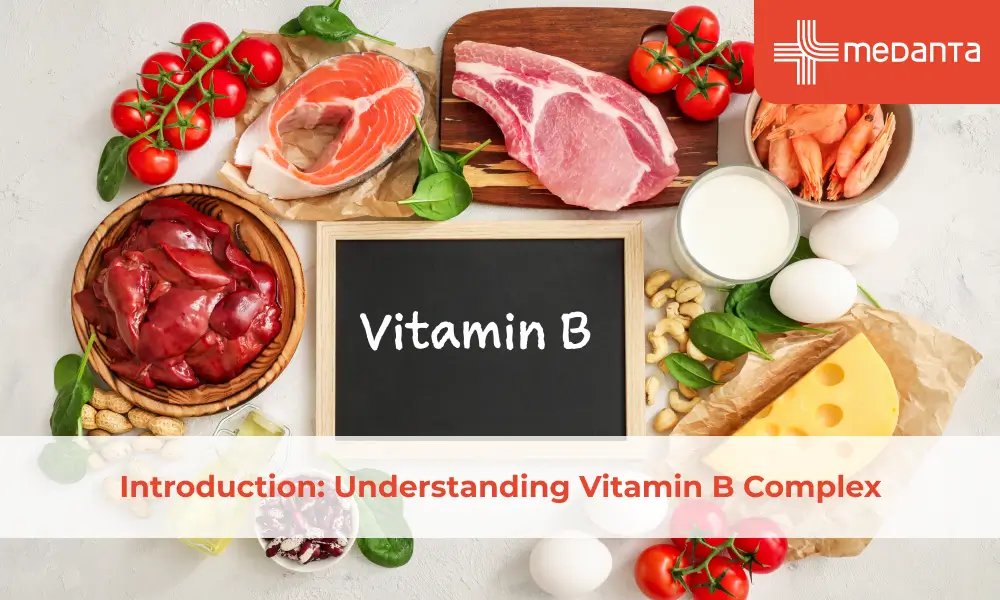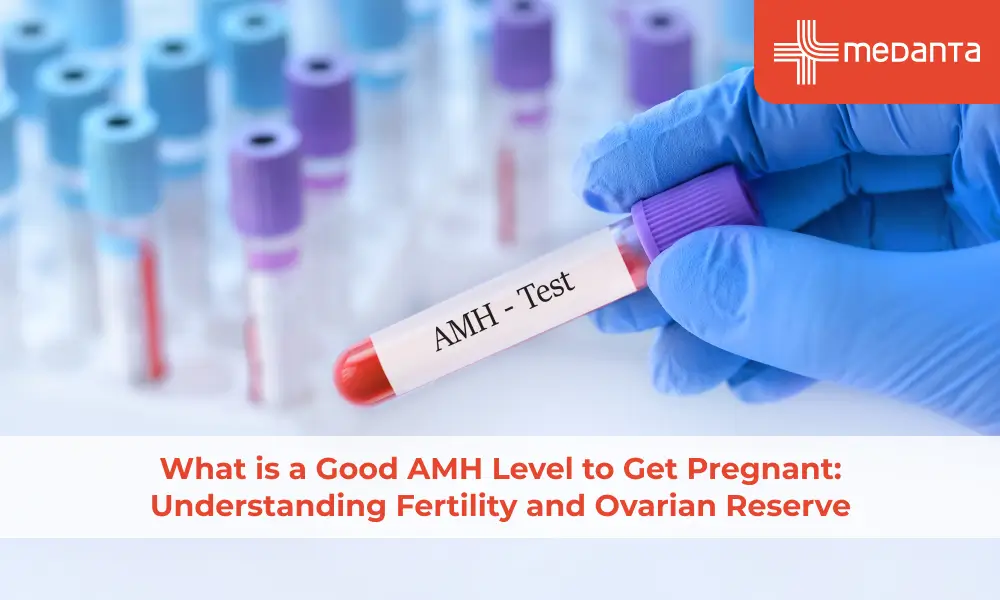Protect Your Heart: Recognizing Early Stages of Heart Disease

Heart disease is a common term used to refer to any condition that affects the heart. It is a broad category that includes a range of different conditions, such as coronary artery disease, arrhythmia, heart valve disease, and more. Heart disease is among the major causes of death globally and is a serious health concern for people of all ages and genders.
While heart disease can lead to serious health complications and even death, many people are unaware of the early stages of heart disease and how to recognize its symptoms. In this blog, we will tell you about the importance of recognizing the early stages of heart disease, the symptoms of heart attack, heart disease symptoms, and the primary cause of heart attack.
Cardiovascular Disease
Cardiovascular disease occurs when plaque builds up in the arteries. This build up can be due to high blood pressure or cholesterol levels. Over time, the buildup can block blood flow and lead to a variety of serious issues like stroke and even death if untreated.
One of the most worrying aspects about cardiovascular disease is that it often shows no signs or symptoms until after the damage has been done. This means that by the time you feel something going wrong with your heart, it could already be too late.
Early Signs of Heart Disease
There are several simple signs you can look out for before a major episode occurs. If caught early enough, cardiovascular disease is usually easy to treat and reverse with lifestyle changes and medication. Common signs include:
- Chest pain or tightness (especially during exercise)
- Shortness of breath when walking upstairs/inclines
- Fatigue/weakness after light activities like walking around or climbing stairs
- Dizziness when standing up quickly or feeling light headed while lying down on your back
All of this can be indicators that something unusual is going on with your cardiovascular system. Also, there are certain groups who are more at risk than others so please keep reading to find out who could benefit from extra cautionary steps when dealing with heart disease prevention.
Who Is at Risk for Heart Disease?
There are certain pre-existing conditions that can increase your chances for heart disease. If you are in any of these categories, please pay extra attention:
- Family History (genetics play an important role)
- Being overweight/obese
- Those suffering from diabetes
- Individuals with high cholesterol
- Those suffering from high blood pressure regularly
- Smokers (or those exposed to secondhand smoke)
- Those who do not get enough exercise regularly
- People who lead sedentary lifestyles (long periods without activity)
- Those who suffer from stress frequently
All of the above-mentioned factors can put you at greater risk for developing early heart issues.
Symptoms of Heart Attack
A heart attack happens when the blood flow to the heart gets blocked, leading to damage to the heart muscle. The most common symptom of a heart attack is chest pain or discomfort, but there are several other symptoms of heart attack, including:
- Shortness of breath: Feeling short of breath, even when at rest or with minimal exertion, can be a sign of a heart attack.
- Nausea or vomiting: Some people may experience nausea or vomiting during a heart attack.
- Sweating: Profuse sweating, especially if it is sudden and unexplained, can be a sign of a heart attack.
- Pain or discomfort: Pain or discomfort in your upper body, such as the arms, neck, jaw, or back, can be a symptom of a heart attack.
- Fatigue: Feeling unusually tired or fatigued, especially if it is sudden and unexplained, can be a sign of a heart attack.
Heart Disease Symptoms
In addition to the symptoms of a heart attack, there are several other symptoms that may indicate early stages of heart disease. These symptoms can vary depending on the type of heart disease and the severity of the condition. However, common heart disease symptoms include:
- Chest pain or discomfort
- Shortness of breath
- Fatigue
- Swelling in the legs, ankles, or feet
- Rapid or irregular heartbeat
Primary Cause of Heart Attack
There are multiple factors that lead to a heart attack. However, here are the primary causes of heart attack:
- Saturated fats: Saturated fats like red meats have been especially pointed at as having significantly higher risks when consumed excessively on daily bases. So, try limiting these sources as much as possible while swapping them with alternatives like seafood “good fats” to obtain necessary proteins.
- Processed sugars: Sugars found in sodas and pastries can impair circulation systems by contributing to bloating. We suggest that you substitute carbonated beverages with fresh juices and water when possible.
- Excessive sodium intake: Consuming too much salt or sodium can lower metabolic rates, which hinders circulation processes and ultimately make you more prone to heart attacks.
Conclusion
Heart disease is a major health condition that can have devastating consequences, including heart attack and heart failure. Recognizing the symptoms of a heart attack and early stages of heart disease can help prevent serious complications and improve outcomes. Adopting healthy lifestyle habits and managing underlying health conditions can help prevent heart disease and reduce the risk of heart attack. If you experience any symptoms of heart disease or a heart attack, it is important to seek immediate medical attention to reduce the risk of serious complications and improve outcomes.
Need help protecting your heart? Get in touch with your nearest cardiac expert today!






